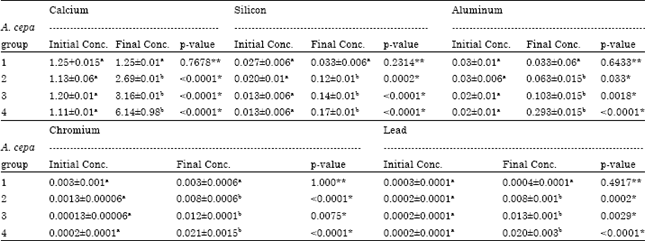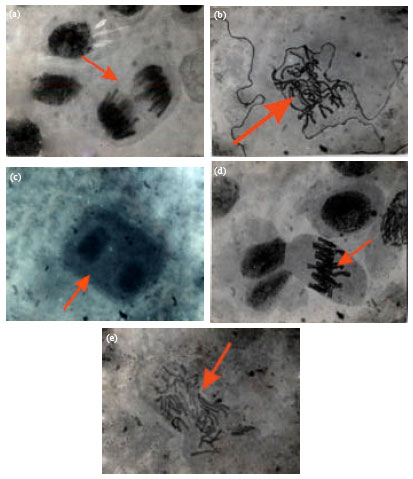Research Article
Investigation of Cytotoxicity and Mutagenicity of Cement Dust Using Allium cepa Test
Department of Cell Biology and Genetics, University of Lagos, Nigeria
J. Okpuzor
Department of Cell Biology and Genetics, University of Lagos, Nigeria
O. Oladele Esther
Department of Cell Biology and Genetics, University of Lagos, Nigeria












